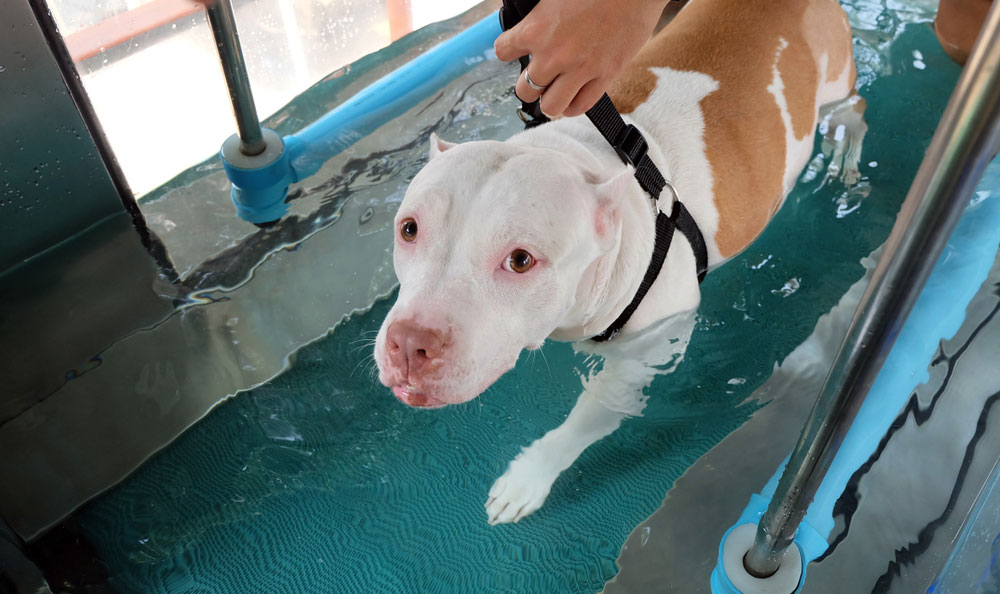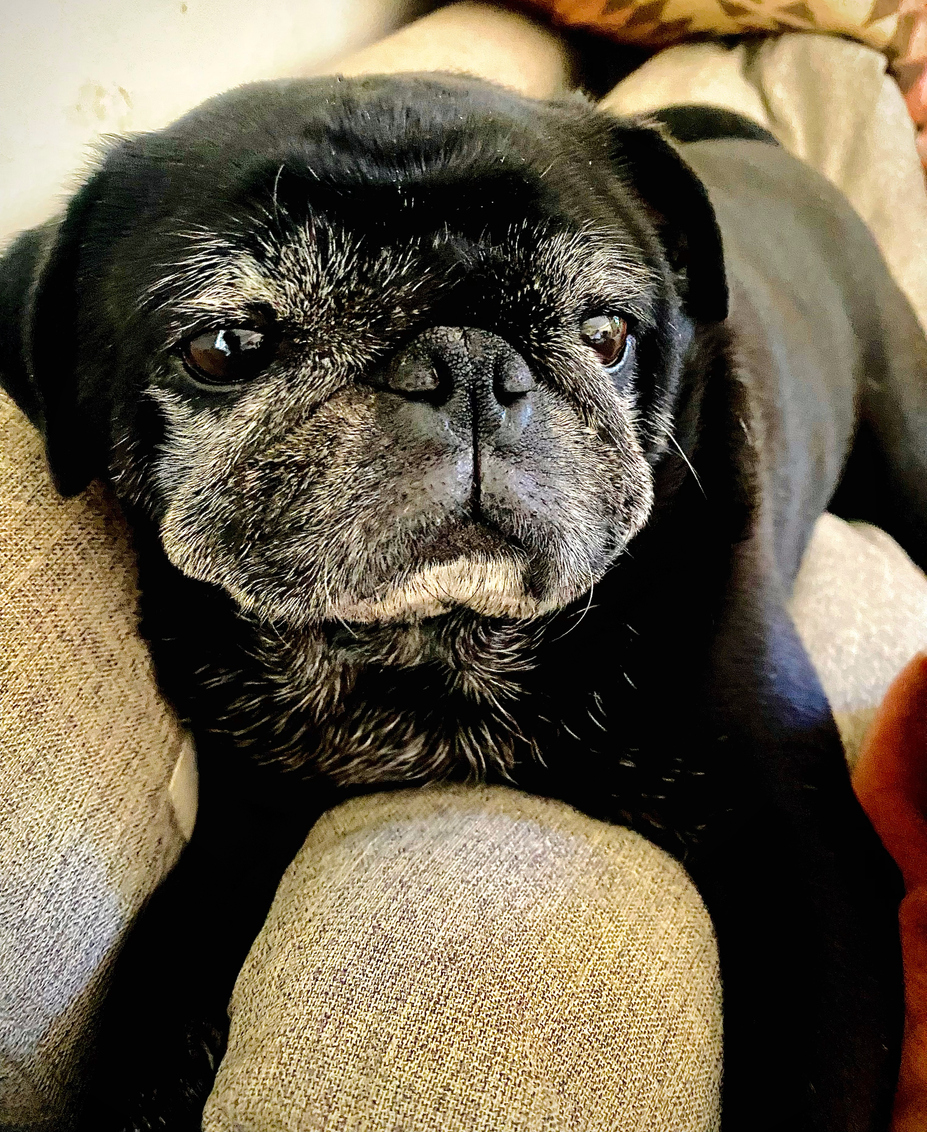Advantage of Physiotheraphy
What is rehabilitation medicine?
Rehabilitation therapy involves the use of specific non-invasive treatments (massage, exercise, light, heat, cold, electricity, ultrasound, laser, magnetic therapy, hydrotherapy, etc.) to rehabilitate injured patients. The goal of rehabilitation is to return the patient to normal function as quickly as possible, and to restore the full range of movement and strength to injured body parts.What conditions are most often treated with rehabilitation therapy?
Both acute and chronic injuries are amenable to treatment. Electrical stimulation has been shown to relieve pain, to minimize muscle atrophy (degeneration) secondary to disuse caused by pain or immobilization, to treat laminitis (a condition of the horse's hoof), to reduce tissue swelling, and to speed healing of both open and closed wounds. Iontophoresis, which uses electricity to push therapeutic ionic substances into injured tissue, has shown promise in the treatment of various inflammatory conditions of the musculoskeletal system. Therapeutic ultrasound can be used to stimulate tissue repair and minimize the formation of scar tissue and adhesions. Therapeutic laser treatment is showing great promise, especially in the treatment of chronic problems. External application of ice and compression wraps is effective not only as a first aid treatment but also to break the pain-muscle spasm-pain cycle common to many musculoskeletal injuries.How can my pet benefit from rehabilitation therapy?
The appropriate application of rehabilitation therapy will speed healing, relieve pain, and improve the patient's likelihood of a full recovery.How successful is rehabilitation therapy?
As a technique to reduce pain and speed healing, the various forms of rehabilitation can be very effective.How safe is rehabilitation therapy?
Rehabilitation therapy is usually safe in the hands of trained individuals.
Can rehabilitation therapy be combined with traditional veterinary medicine?
Rehabilitation is most appropriately used in combination with either traditional or alternative forms of veterinary medicine. A licensed veterinarian should formulate the overall treatment plan, following the appropriate diagnostic examination and assessment of the patient. Follow-up evaluations are necessary to determine the individual's response to treatment and adjust the therapy accordingly. In the majority of jurisdictions, if your animal companion is receiving rehabilitation therapy from an individual other than your regular veterinarian, that person must report directly to your veterinarian in order to provide coordinated care of your companion, to allow proper evaluation of treatment and to minimize any avoidable interactions or interferences.



